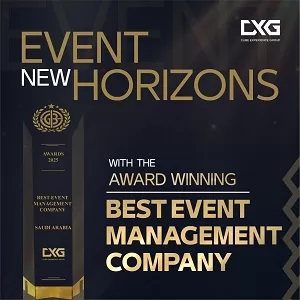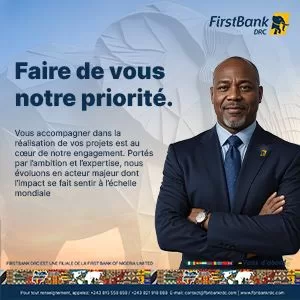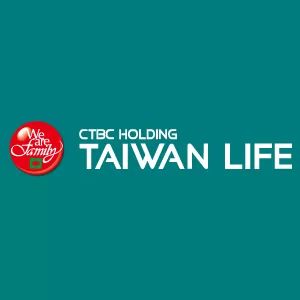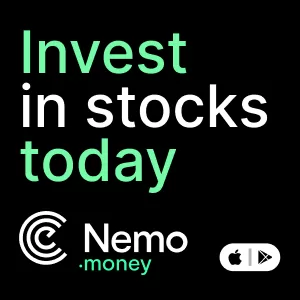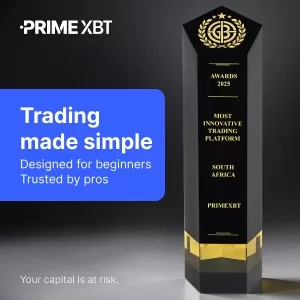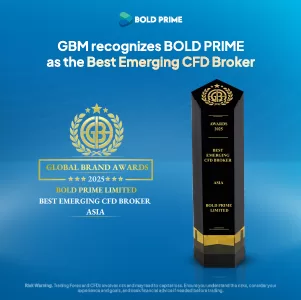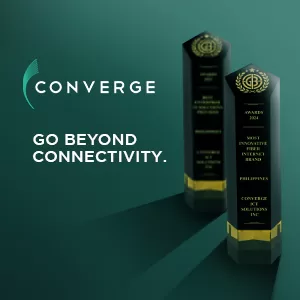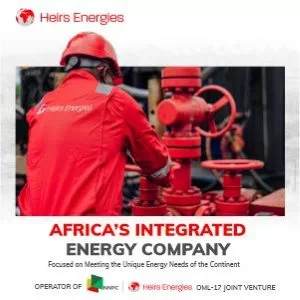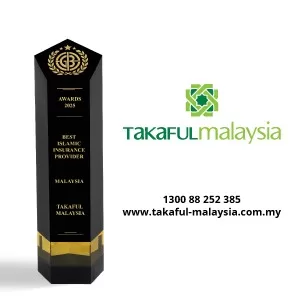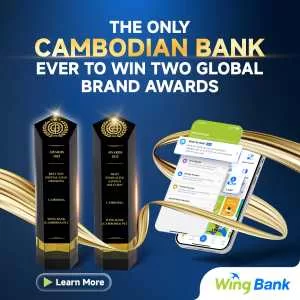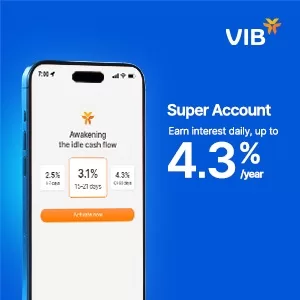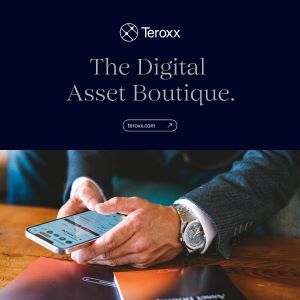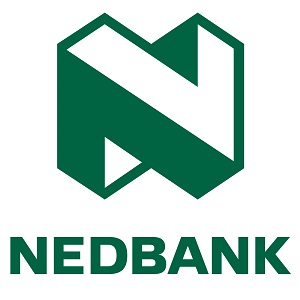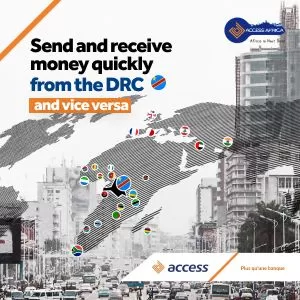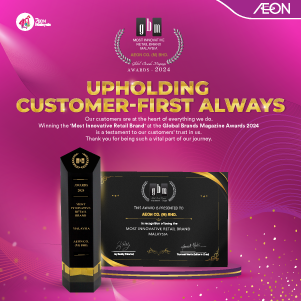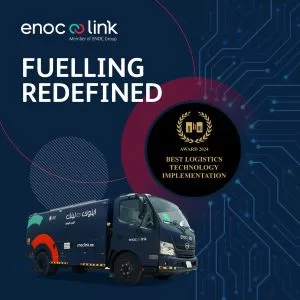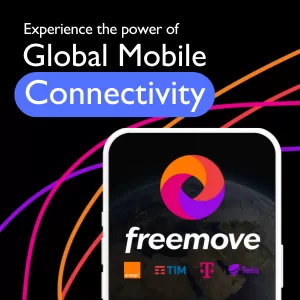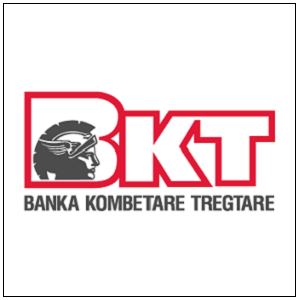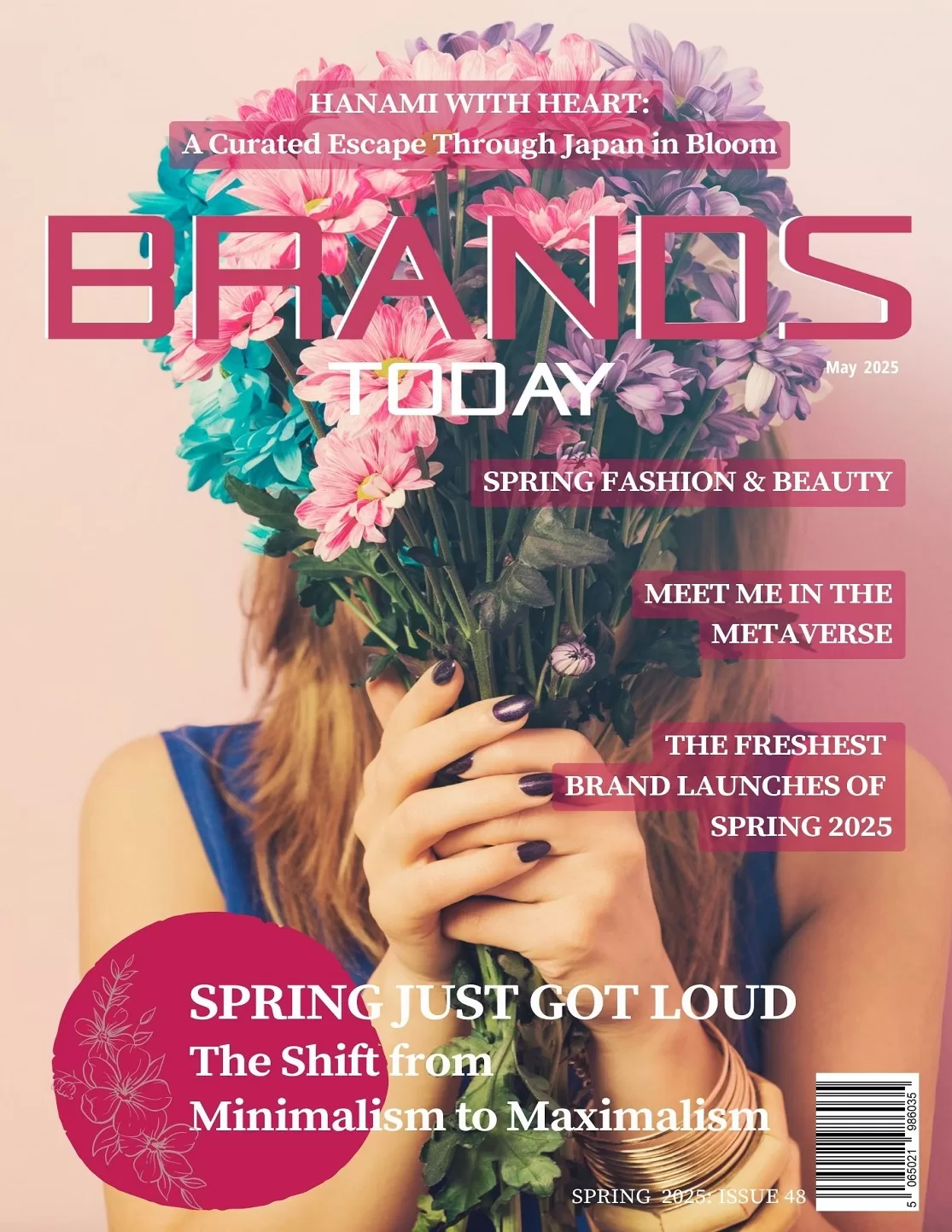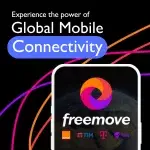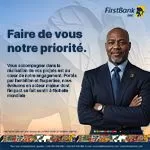Brand Strategy
The Rise of Celebrity MVNOs: What Makes These Mobile Networks Tick?
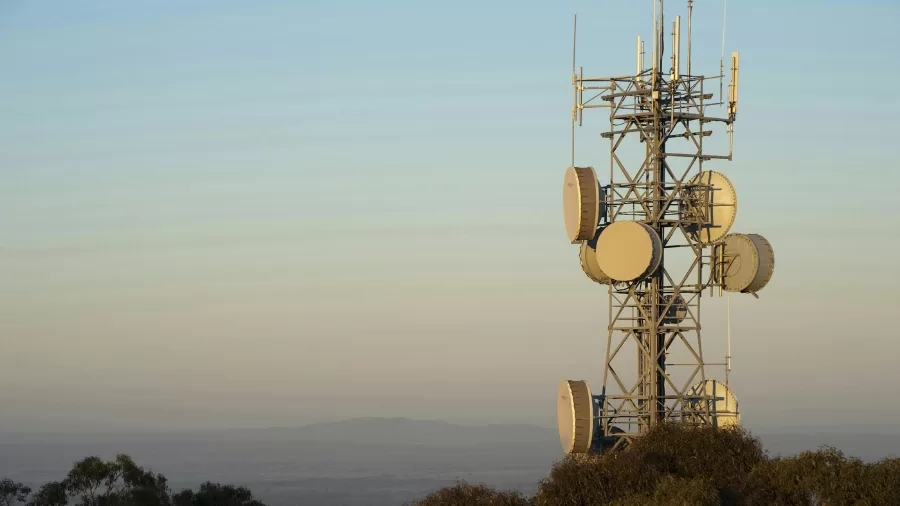
- Celebrity-backed mobile networks (MVNOs) thrive because mobile operators with stars such as Ryan Reynolds and Jason Bateman can launch telecom services without owning heavy infrastructure – building their star power and 5G promotion lends to reaching niche markets.
- The heavyweights attract attention, but true success depends on competitive prices and quality services; Mint Mobile proved this by selling to T-Mobile for $1.35 billion, while newcomers like Trump Mobile face scepticism because of higher pricing and questionable differentiation.
In recent years, it’s become increasingly common to hear of celebrities launching their mobile networks. From Ryan Reynolds’ Mint Mobile to the Trump family’s Trump Mobile, and even niche offerings like SmartLess Mobile or Roccstar Wireless, famous names are moving into mobile connectivity. But why is this “celebrity MVNO” craze taking off now?
A Tried-and-Tested Business Model: MVNOs
These celebrity-backed services aren’t building mobile networks from scratch. Instead, they’re launching MVNOs—Mobile Virtual Network Operators—which lease network capacity from established carriers like T‑Mobile, AT&T or Verizon. Easy and capital-light procedure, given that the core infrastructure already exists.
An MVNO has been in existence for decades; lately, especially with the advent of 5G and eSIM technology, a newer dimension has come into being. From the standpoint of signup friction, eSIMs cause an almost total saturation, wherein existing users can activate service entirely online without any need to visit a brick-and-mortar store.
Leveraging Celebrity Power and Fan Loyalty
What makes celebrity MVNOs special is the built-in audience. Popular influencers have their fan bases and huge social media followings, and those channels become marketing avenues. Through a mobile service, they can do more than put their name to a product. The service might provide daily engagement in the form of branded SMS alerts, push notifications, exclusive content, or VIP perks.
Ryan Reynolds is the prime example. His witty ads and transparent cost structure helped Mint grow to around three million customers before T‑Mobile acquired it in 2023 for up to $1.35 billion, making his 25% stake worth up to $337 million. That landmark sale signalled to other celebrities that personal-brand-powered MVNOs can deliver outstanding returns.
The Economics of MVNOs
Large carriers often have excess network capacity. Leasing this to MVNOs lets them keep those towers and spectrum assets operating profitably, while MVNOs profit from margins and marketing efficiency.
To a star, MVNOs present the following advantages:
• Recurring revenue (subscribers pay monthly)
• Fan engagement (content and offers are delivered directly)
• Brand extension (deepens audience loyalty)
• Set-up costs are low (using MVNO enablers and turnkey platforms)
All of these benefits attract the utmost attention of actors, musicians, and athletes. Even Africa and Brazil have seen the budding success of tailor-made MVNOs like LariCel or SET Mobile.
A Surge in Celebrity MVNOs
Following Mint’s success, several stars have joined the MVNO wave:
- Trump Mobile, launched in June 2025 by Donald Trump Jr. and Eric Trump, offers a “47 Plan” at $47.45/month (~£38), plus a $499 gold-coloured “T1” phone and patriot-themed perks. It leans on T‑Mobile’s network via Liberty Mobile Wireless.
- SmartLess Mobile, from Jason Bateman, Sean Hayes and Will Arnett, uses T‑Mobile’s 5G, aiming for affordability and witty branding to stand out.
- Roccstar Wireless taps into music superstars—like Chris Brown, Beyoncé and J.Lo—offering budget plans from $9.99 (~£8) and exclusive fan experiences.
But Is Celebrity Enough?
Experts caution that fame alone isn’t enough. Success requires:
- Competitive pricing – Mint’s success hinged on low-cost plans
- Operational excellence – customer care and service quality matter
- Clear differentiation – niche branding or bundled benefits
Trump Mobile, for instance, is priced above rivals and may struggle if fans don’t perceive clear value in its patriotic positioning.
Why Now?
Several trends explain the timing:
- The 5G rollout has increased network capacity, making resale feasible.
- eSIM adoption simplifies switching and onboarding.
- Consumer appetite for brands that offer convenience, flexibility and identity-aligned services is higher than ever.
All these factors make the MVNO landscape ripe for celebrity-driven launches.


